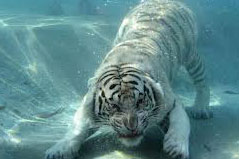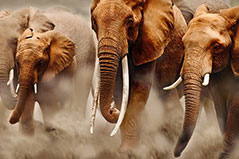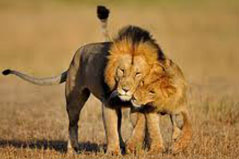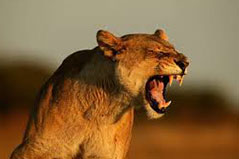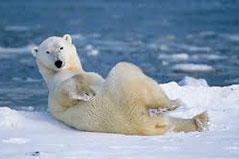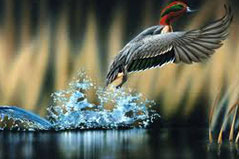Wildlife traditionally refers to non-domesticated animal species, but has come to include all plants, fungi and other organisms which grow or live wild in an area without being introduced by humans.[1] Domesticating wild plant and animal species for human benefit has occurred many times all over the planet, and has a major impact on the environment, both positive and negative.
Wildlife can be found in all ecosystems. Deserts, forests, rain forests, plains, grasslands, and other areas including the most developed urban sites, all have distinct forms of wildlife. While the term in popular culture usually refers to animals that are untouched by human factors,[2] most scientists agree that wildlife around is affected by human activities.
Humans have historically tended to separate civilization from wildlife in a number of ways including the legal, social, and moral sense. Some animals, however, have adapted to suburban environments. This includes such animals as domesticated cats, dogs, mice, and gerbils. Religions have often declared certain animals to be sacred, and in modern times concern for the natural environment has provoked activists to protest the exploitation of wildlife for human benefit or entertainment.
Many countries have established their tourism sector around their natural wildlife. South Africa has, for example, many opportunities for tourists to see the country's wildlife in its National Parks, such as the Kruger Park.In South India the Periar Wildlife Sanctuary, Bandipur National Park and Mudamalai Wildlife Sanctuary are situated around and in forests.
